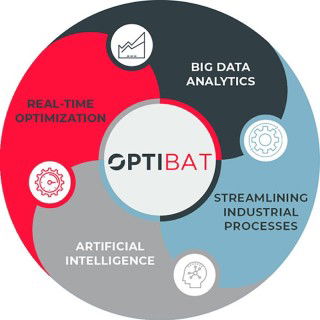While petcoke is a less expensive fuel option, its use can lead to operational challenges for the cement plant, such as the formation of kiln rings and build-ups in the lower cyclones of the preheater. To optimise combustion and avoid these issues, Nuh Çimento has trialled a magnesium-based chemical additive that helps control the impact of high-sulphur fuels. By Seyda Arikan, Nuh Çimento, Turkey, and Jose Hernandez, EES Services, Mexico.
When compared with the use of coal or other fuels, the use of petcoke, although more economical, presents a number of challenges for the cement plant operator. It is often the case that cheaper petcoke has a higher sulphur content, which leads to the formation of build-ups in the lower preheater cyclones and rings in the kiln. This results in operational issues such as:
• decreased combustion efficiency
• operational instability
• reduced use of alternative fuels
• unscheduled shutdowns to clear the obstructions in the kiln or preheater
• long and risky cleaning activities at the kiln inlet and the cyclones
• false air entering the kiln as a result of the clean-up.
